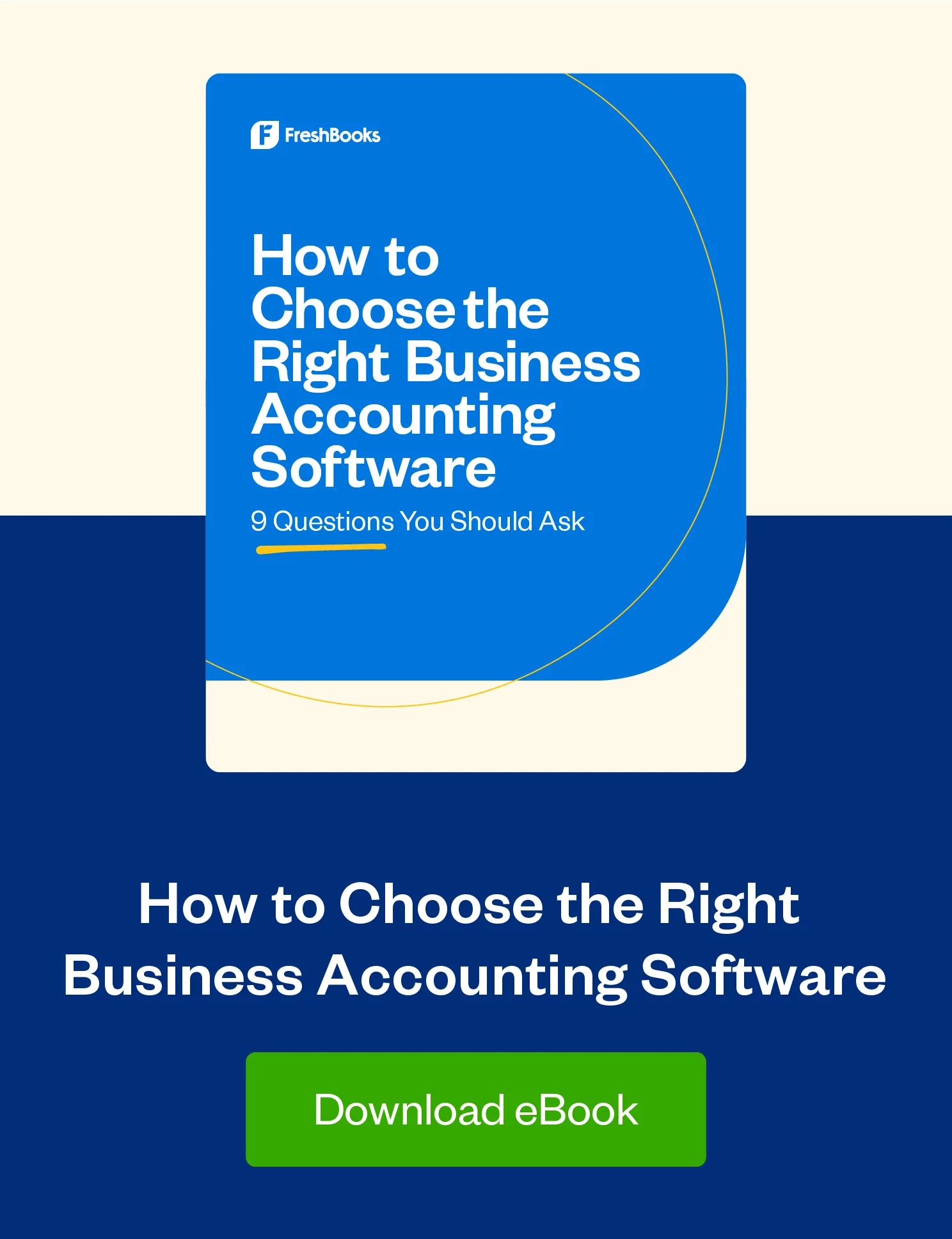During tax season, do you usually find yourself scrambling to prepare your tax return with the filing deadline looming?

There’s no time like the present to get a jump start on your taxes.
Filing early has a number of benefits. You can get your money faster if you’re expecting a refund or have more time to pay if you expect to owe. And of course, filing early can help you avoid being a victim of tax refund fraud by filing your return before the scammers have a chance to submit one for you.
So stop procrastinating! Tackle tax season early in 2022 with these 5 tips.
Step 1: Decide Who Will Prepare Your Taxes
Are you a die-hard DIYer? Or do you turn your taxes over to a pro? Now is the time to decide.
If this is your first time filing as a self-employed taxpayer, you may want to seek out help from a professional.
The first couple of months of the new year is an excellent time to start searching for a tax pro before they get bogged down in preparing returns for other clients. Ask friends who are self-employed or other business owners you know for referrals.
Look for an experienced tax professional who is a certified public accountant (CPA), an enrolled agent (EA), or a tax attorney. Their fees may be a little higher than you’ll find at a tax prep pop-up shop, but you’ll be able to contact them throughout the year for advice.
Be advised: Even if you plan on outsourcing your tax preparation, that doesn’t mean you don’t have work to do.
You’ll still need to gather and organize your financial records and statements and decide which software program you’ll use. There are many options these days, ranging from free to deluxe packages, so do a little research to find one that fits your needs.
Step 2: Finish Recording Your Expenses
Now is also the time to make sure you’ve recorded all deductible expenses. If you traditionally wait until the end of the month or the end of the year to record expenses, seriously consider making a plan to record them as they occur in the coming year.
Doing it as you go is more accurate and saves time in the long run. Plus, it’s often easier to find just five to 10 minutes per day or week throughout the year than spending days on data entry in March or April.
Record your expenses from receipts and save those receipts rather than rely on bank statements. This is important for two reasons.
First, it’s especially crucial for expenses that occur late in the calendar year. Your bank statement reflects the date the transaction cleared your account rather than the date you initiated a transaction, so relying on bank statements may mean missing valuable deductions at year-end.
Second, bank statements alone are not enough to support business deductions if your return is ever selected for an IRS audit. A bank statement may show how much you spent and where you spent it, but it won’t necessarily prove that it was a business expense. For that, you’ll want a receipt or a copy of the bill.
Also, consider whether you’re missing any deductions for business purchases made using your personal Amazon account or PayPal account. It’s easy to overlook these since they’re not included in your business bank or credit card statement, so make sure you pick them up.
While you’re reviewing expenses, make sure that you’ve allocated business and personal expenses. Small business owners often purchase products and services that are used partly for business and partly for personal purposes, but remember you can only deduct the business portion.
For instance, if you use your cell phone for both personal and business calls and email, you need to work out a reasonable and consistent way to allocate the business portion of your monthly bill. You may do that by looking at how much data your business apps use or how much time you spend on business calls during a typical day.
Whatever method you choose, maintain records to support the business use of the item.
Finally, remember tax rules are not just regulations to be followed. Many of them are also deductions that the government wants to incentivize.
For instance, you may be able to contribute more to your retirement or health savings account after year-end and take the deduction on your return. Work with your tax professional to make sure you make the most of potential deductions.
Step 3: Run Your Reports
Once all of your income and expenses are accounted for, it’s time to run reports for your own records or to give them to your tax preparer. A Profit and Loss report is likely the one that will be used primarily for preparing your taxes. If you are a cash-basis taxpayer, meaning you pay taxes on income when it’s received and deduct expenses when they’re paid, make sure you run the report based on income collected rather than income billed.
Before you send that report off to your tax pro or start preparing your own return, take a look at the numbers in your Profit and Loss report. Did your income in any one month look unusually high or low? If so, make sure you didn’t accidentally record income twice or forget to record a receipt.
Scan your expenses to look for anything unusual and make sure you’ve accurately categorized all expenses. Take a look at big line items and make sure they’re in line with your expectations.
Step 4: Get Organized for the Tax Season Rush
Now, your transactions are entered and you’ve run your reports. Of course, more tax documents will be trickling in over the next couple of months.
Set up a central repository for all of the paperwork you’ll need to file to make sure nothing gets misplaced. Remember, the IRS gets a copy of most of these tax forms, so the figures on these statements are a crucial part of preparing a complete and accurate return.
If you think you’re missing a form, be sure to check your email. If you didn’t receive a document by January 31, contact the issuer.
As you go through this process, you may realize you didn’t do a very good job of staying organized last year. If so, now is a good time to resolve to do better in 2022.
Create a designated place for collecting tax records and other important documents throughout the year. Searching for misplaces files and records can be stressful and makes tax season even more onerous.
Step 5: Create a Needs List
What else will you need to file your return? Take a look at last year’s paperwork and review your 2019 return.
Make a list of all of the documents, statements, and other information you collected last year, so you’ll know what you need to collect this time. With your needs list in hand, you can start tracking down the information you need to file as soon as possible.
Tax season doesn’t have to be a time of anguish or procrastination. Getting a head start now will help you avoid scrambling at the last minute and making potentially expensive mistakes.
When it comes to taxes, it’s best to take your time and make sure you’re filing correctly and claiming all of the deductions to which you’re entitled.
How a Relationship Coach Uses FreshBooks to Make Tax Time a Breeze (VIDEO)
about the author
Janet Berry-Johnson, CPA, is a freelance writer with over a decade of experience working on both the tax and audit sides of an accounting firm. She’s passionate about helping people make sense of complicated tax and accounting topics. Her work has appeared in Business Insider, Forbes, and The New York Times, and on LendingTree, Credit Karma, and Discover, among others. You can learn more about her work at jberryjohnson.com.

 It’s That Time of Year Again! A Roundup of Tax Season Advice
It’s That Time of Year Again! A Roundup of Tax Season Advice A Bookkeeper’s Guide to an Easier U.S. Tax Season
A Bookkeeper’s Guide to an Easier U.S. Tax Season How Virtual Bookkeeping Helped Jennifer Save Time and Feel Confident During Tax Season
How Virtual Bookkeeping Helped Jennifer Save Time and Feel Confident During Tax Season






